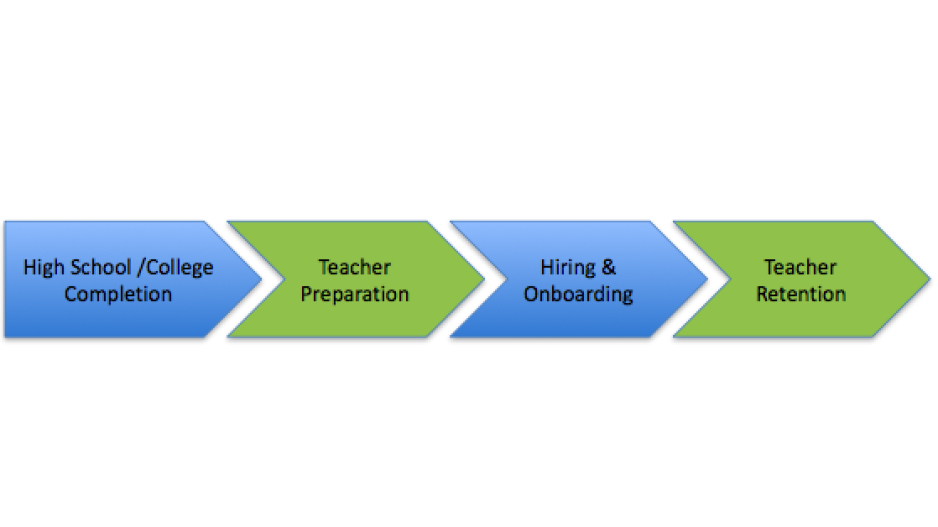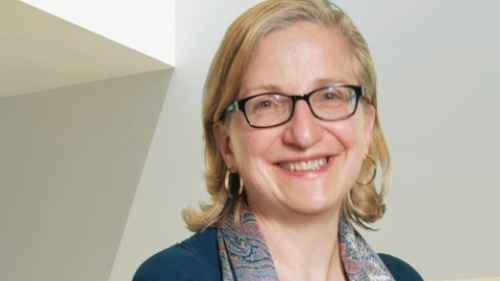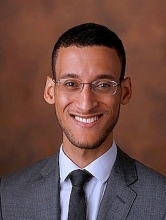By Marie A. DeRosa and Luis A. Rodriguez
NYC has a teacher workforce that does not reflect the racial makeup of its student population: 85% of students identify as individuals of color, yet teachers of color comprise 42% of the public school teaching workforce. Since research shows that the lack of diversity in the teacher workforce has detrimental effects on school outcomes, how can the Democratic and Republican candidates Eric Adams and Curtis Sliwa meaningfully address this priority?
Why Does Teacher Diversity Matter?
The lack of racial diversity within the K-12 teaching workforce is concerning. Prior research has consistently shown that increased exposure to teachers of color results in greater representation in gifted programs, higher high school and college completion rates, and lower rates of exclusionary discipline for students of color. For example, according to one study, Black students randomly assigned to at least one Black teacher in grades K-3 are nine percentage points more likely to graduate from high school and six percentage points more likely to enroll in college than their same-school same-race peers. In light of the evidence, improving teacher diversity serves as a possible lever to close achievement gaps and reduce the detrimental effects of educational inequities experienced by students of color.
Where Do the Mayoral Candidates Stand?
Both major party candidates have alluded to the NYC teacher workforce: Sliwa proposes to “improve working conditions that empower our teachers and reduce attrition rates”, and Adams acknowledges that “teachers should reflect the diversity of our city.”
But they can go further. The next mayor can better address the needs of students and the problems leading to teacher attrition by implementing programs to increase the size and diversity of the teacher workforce. Leading up to the Democratic primary, primary candidates put forth many proposals to ensure the recruitment of a diverse teacher workforce, including:
- creating a pipeline for careers in education;
- deepening teacher diversity pipelines with high school summer programs and CUNY college credits;
- large-scale paid teacher residency programs;
- collecting data on how educators of color experience the workplace; and
- improving teacher retention rates by paying teachers higher salaries.
Unfortunately, these ideas have not advanced to make their way on the platforms of the current final mayoral candidates. The next mayor should have a plan to better address the needs of students and the problems leading to teacher attrition by implementing programs to increase the size and diversity of the teacher workforce.
What Can the Next Mayor Do?

Robust policies can identify and nurture high school and college students to prepare them for a career in teaching and help with certification, onboarding, and career advancement.
The most promising proposals to increase teacher diversity involve addressing barriers to entry for candidates of color and the systemic issues which drive high rates of turnover for teachers of color. Experts from the field suggest a number of policy options to improve recruitment and the various phases of a teaching career, including:
- Assist with degree attainment and licensure costs. A first-order barrier to entry is the up-front investment in a degree and accreditation that often dissuades candidates of color from entering the teaching profession—NYC could fund loan-forgiveness and/or co-teaching stipends for teacher residents to ameliorate this barrier.
- Invest in "grow-your-own" and teacher residency programs. Several Democratic primary candidates cited the success of existing programs such as NYC Men Teach, the High School to Teacher Program in Boston, and Illinois’ Scaling Education Pathways. In New York, creating partnerships with CUNY and public high schools to attract and prepare candidates of color early on can strengthen ongoing teacher recruitment efforts while diversifying the pool of potential teachers.
- Improve teacher induction and mentoring. Increasing the pipeline will not be enough. Pipeline programs must be paired with improving retention of Black and Brown teachers through better working conditions for teachers of color.
- Reward good teaching. In addition to salaries and bonuses, to reward good teaching, teachers need opportunities for professional advancement. The mayor can work across districts and boroughs to reduce turnover with an overall improved atmosphere of autonomy and professionalism that is rewarded with incentive pay and leadership opportunities for teachers of color across the system.
Ultimately, a comprehensive plan to diversify the teacher workforce is an issue worth implementing as it serves two goals. Not only would such a plan ensure that students experience long term benefits arising from being educated by a diverse teaching staff––an important goal in and of itself––in addition, it would bolster the city’s workforce development strategy by committing to improvements that affect a sizable segment of the public workforce sector filled by public school teachers. Both matters are goals to which the mayoral candidates should currently attend.

Marie DeRosa, MA ‘21 NYU Steinhardt in Educational Leadership, Politics, and Advocacy, a former investment banker and a non-profit professional, is currently an advisor to the newly-formed Harriet Tubman Effect Institute. md4269@nyu.edu


